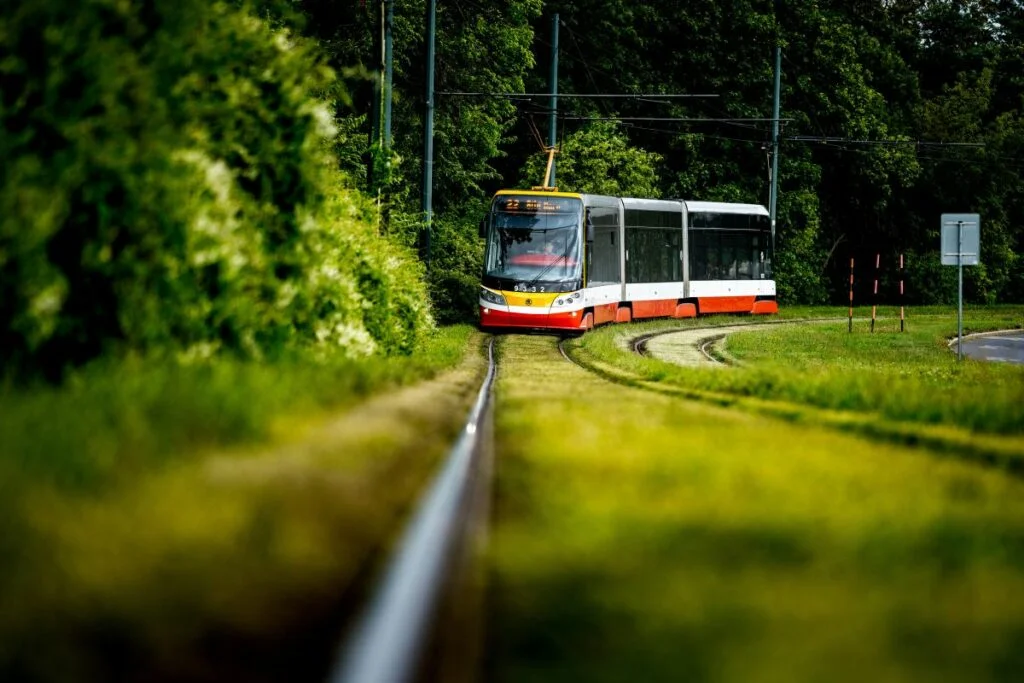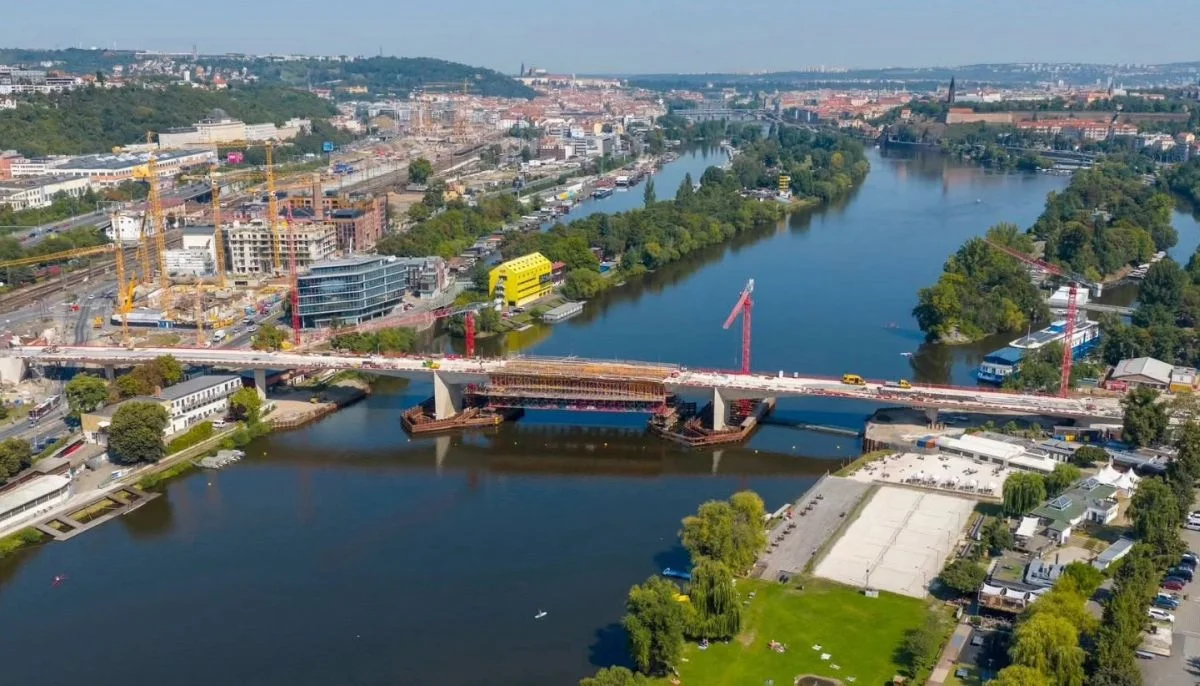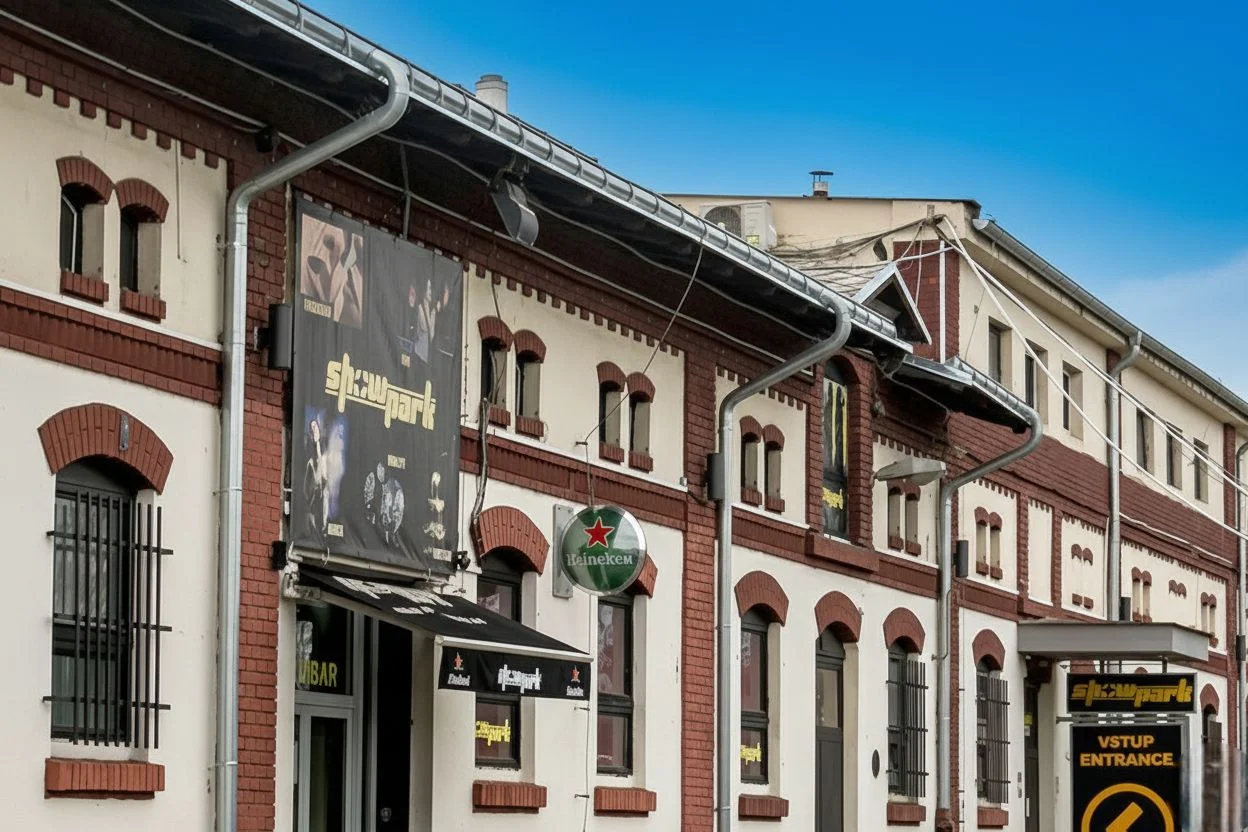
Prague’s Urban Dynamics: An Insightful Comparison with European Metropolises
The Prague Institute of Planning and Development (IPR Prague) has completed an analysis comparing Prague with 11 other European cities. This study reveals Prague’s strengths, weaknesses, and its position between Western and Eastern Europe, offering real examples from other cities.
Prague boasts a highly developed and affordable public transport system, making commuting within the city convenient. Despite this, car ownership is high, with 700 cars per 1,000 inhabitants. Only Warsaw has worse statistics. While Western and Southern European cities are seeing stable or declining car numbers, Prague and other post-Communist cities experience rising car ownership. Additionally, 80% of trips from the Central Bohemian Region to Prague are made by car.
Deputy Minister for Transport Zdeněk Hřib highlights Prague’s transport investments, including Metro D, Dvorecký Bridge, and new tram lines. These projects, funded partly by the EU, aim to enhance Prague’s future comparisons with other European capitals.

Prague, along with Barcelona and Amsterdam, faces a severe housing affordability crisis. Residents pay more than 12 gross annual salaries for apartments. Unlike other cities, Prague’s rental housing market does not balance this situation. However, steps are being taken to address the crisis. Deputy Mayor Petr Hlaváček outlines initiatives like the Prague Development Company, which is constructing 8,000 city-owned apartments, and zoning changes to facilitate new housing projects.
Barcelona’s approach to similar housing issues involves increased tenant protection and investment in urban social housing, leading to a slightly better situation than in Prague.
Prague enjoys low unemployment rates, beneficial for job seekers but potentially leading to a future reliance on foreign labor. Despite the highest real incomes among post-communist countries, Prague’s workers earn significantly less than those in Western Europe. In Copenhagen and Munich, incomes are double those in Prague, and Viennese workers earn nearly a third more. However, Eastern Europe’s purchasing power is gradually increasing, with Bucharest serving as an example of fostering high value-added sectors like IT.
IPR Prague Director Ondřej Boháč emphasizes the importance of local context in understanding these findings and plans regular updates to this comparative analysis.
The full report can be viewed at the following link: app.iprpraha.cz



